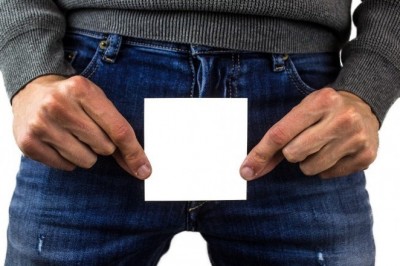What is a down payment
The Down Payment A down payment is money that the buyer must pay up front to buy a home. When a person takes out a mortgage the lender or bank in almost all cases will require that the person borrowing the money make a down payment. A down payment is money that the borrower gives the bank. It reduces the total amount of the mortgage and is the difference between the amount of money that is borrowed and the total price of the house. It is usually paid in cash. Lenders require a down payment incase you default on the loan. By requiring you to put down monye up front the lender only has to recover the original selling price less the amount of money you put up front. For most first-time home buyers, saving enough money for a down payment is a major hurdle to owning a home. In the past lenders have preferred or required you to put down at least 20% of the price of the home. Though these days, lenders will almost always accept less than 20% provided you buy private mortgage insurance. Recently lenders have accepted as little as 0% to 3% of the value of a home. How Much Should You Put Down? When deciding how much money to put down you should remember that the higher the down payment the lower your mortgage and the amount of money you pay each month. If you are in a position where you can put 20% down it is most likely in your best interest to do so. Another thing to remember is that with a% 20 down payment you will not be required to buy private mortgage insurance or PMI. While a good amount of people are not in a position to put% 20 down, in general it is a good idea to put down as much as possible. Though you need to take in consideration all of the costs of the loan (including closing costs) when making your decision. Example of a down payment If you were making a down payment of 20% on a house that is worth $ 200000 then the down payment would be $ 40000 and you would need to borrow $ 160000 (plus closing costs and other costs). If you made a down payment of 10% on a house that is worth $ 200000 then the down payment would be $ 20000 and you would need to borrow $ 180000 (plus closing costs and other costs). In this case you would also have to buy Primary Mortgage Insurance. Down payment There is a money that the buyer must pay in advance for the purchase of a house. When a person takes out a mortgage bank lender, or in almost all cases will require the person to borrow money to pay a payment. Down payment is money that the borrower gives the bank. It reduces the total amount of which depends on the difference between the amount of money that was borrowed and the total price of the house. It is usually paid in cash. Lenders require payment incase you default on the loan. Is there a requirement to extinguish the lender Monye in the line of attack, only to recover the original sale price less than the amount put in the line of attack. For most first-time home buyers, have enough money to save a deposit is a major hurdle to home ownership. In the past, lenders would have preferred or required for you to put out at least 20 percent of the value of the house. But these days, is almost always the lenders will accept less than 20% of the private sector, provided the mortgage and buy insurance. Recently accepted the lenders less 0% to 3% of the value of housing. Suggestions how to put out? When deciding how much money you have to remember to put out that the higher the minimum payment on your mortgage, and the amount of money paid each month. If you are in a position where you can put down 20% Its probably in the best interest to do so. Another thing to remember is that 20% with a boost, there will be no need to buy insurance or real estate mortgage on the Red Cross. While a good amount of people are not in a position to put down 20%, in general, is a good idea to put out the maximum extent possible. If you need to take into account all the costs of the loan (including the closing costs) when making your decision. Example of a token If you deposit 20% of a house valued at 200000 and then will go to $ 40000, and will be forced to borrow $ 160000 (plus closing and other costs). If you submitted a first batch of 10% on a house valued at 200000 and then will go to $ 20000, and will be forced to borrow $ 180000 (plus closing and other costs). In this case you also for the purchase of the initial mortgage insurance. For more information on adjustable rate mortgages, amortization tables, mortgage basics visit Independent Loan Information.For more information on Scottie visit his web site.


























